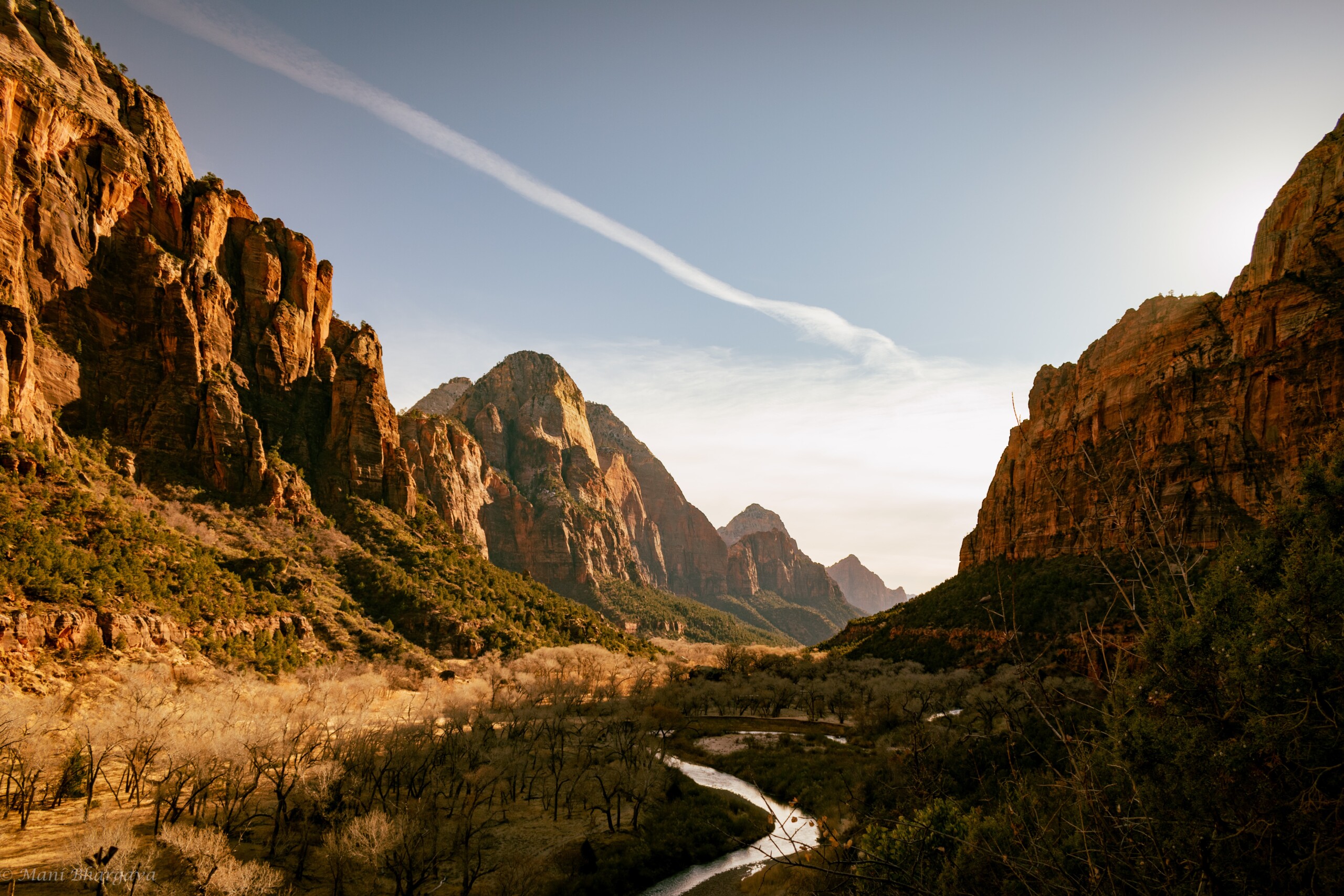Washington County water officials are looking to the deepest, darkest depths of earth for new sources of water. But the problem remains: There isn’t water where they want it to be – no matter how much they want it.
As Lake Powell crashes and St. George glistens with green lawns, Washington County sees that the Colorado River may not be the best source to feed the developer-driven sprawl frenzy going on in Southern Utah. It is clear that water officials in the region have not learned from their Pyrrhic quest to take water from dwindling sources via the Lake Powell Pipeline.
Enter the Zion Water Grab.
Last month, Washington County Water District filed for 12,900 acre-feet annual worth of groundwater (4.2 billion gallons). The source was from a never-before tapped aquifer in the heart of the Virgin River Hydrographic unit in Utah –– which has water rights on the books dating back to the mid 1800s. The 18 proposed points of diversion span along the Hurricane fault line that runs parallel to I-15. The application says that the district would drill some wells to a depth of up to 5,000 feet. The proposed wells would go near the western boundary of Zion National Park, on federal lands and on private property near the Virgin River and small creeks. The southern-most wells would be near the Arizona border. The Virgin River the creeks that feed it are important tributaries to the Colorado River
The data about this “Virgin” aquifer are sparse. What data do exist do not make a compelling case to start pumping in a basin that the Utah State Engineer has closed to appropriations. There’s been no modeling to test for pumping of this rate. There have been no test wells drilled. No scientific consensus. Instead, we get hocus pocus from water officials.
But, of course, Washington County thinks it has discovered wet gold. And is asking for an exception to the existing rule of no more pumping in the basin.
To make matters worse, the basin is going through an “adjudication,” which is a “determination” of water rights that’s overseen by a special water master. Since the 1920s, the basin has seen water conflict among settlers in the region. That is no different today.
If water exists it is already in use somewhere. The hydrographic basin is an area that’s been drilled, pumped, farmed, and tapped for all sorts of thirsty development. I would say that likelihood of water there ranks with the likelihood of finding Sasquatch taking a soak in one of the Virgin River’s famed hot springs.
It sure is coincidental that as Lake Powell crashes, Washington County has found a new supply.
In public meetings, water officials and elected officials have been sticking with the line that irrigation water and municipal conservation are the way forward. They haven’t been telling folks that they have an expensive and speculative plan up their sleeves.
But folks found out. The small town of New Harmony protested –– along with the LDS Church, Bureau of Land Management, National Park Service and even the water grabbers in Iron County.
Indeed, there is trouble in Zion. But it’s not a lack of water. It’s a lack of sound planning, respecting limitations, and working for the public interest rather than the monied interest.
Washington County has the water it needs for the future. But it’s leaders just don’t want to live within their means.
We filed a protest, alerted the media and organized a coalition to stand with us in defense of groundwater systems, existing users, wild life, plant life and human life.
Read our protest. Donate to support our work. And remember: The sand stays. The water goes.
Kyle

